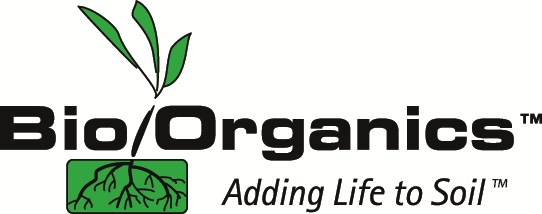The movement toward lawns and fields free of synthetic fertilizers and pesticides is gaining momentum. It is not just concerned home owners. In fact, a recent article illustrates the desire of parents to have their kids play sports on chemical free fields. Pesticide Protest: Soccer Moms Play It Safe, Keep Kids Off Fields Over Chemical Concerns (Huffington Post, 10/12/2012)
The parents were concerned with a synthetic weed killer that contained two known carcinogens.
"Concerns from local soccer moms and dads who learned a synthetic weed killer containing at least two possible carcinogens would be applied to fields one day before their children would be running, kicking and most likely rolling around on the grass, pushed the city to postpone all youth soccer games scheduled for Saturday. “
As always, there is disagreement from the manufacturers as well as a number of lawn care professionals. It is very difficult to show clearly that there is an immediate health effect let alone a longer term danger. Many argue, like all pesticides, that these applications are safe. However, also from the article:
“Alex Lu of the Harvard School of Public Health said there are not a lot of facts to go on. "There is essentially no data on the safety of pesticide mixtures. The use of three herbicides mixed in the same formulation is a bold move considering the unknown synergistic effects," said Lu, who likened application of the product to a doctor prescribing three different painkillers to a patient.”
As I mentioned in the prior newsletter on the Organic Food Study, a main concern to consider about organic or natural produce is the question of what types of synthetic chemicals we are exposing our body to. The same logic holds true for lawns and fields where we spend a lot of time and expose children to potential unknown chemicals. In addition, there is runoff risk of the chemicals into the water supply and into coastal waters.
Many states, including New Jersey has already restricted fertilizer use in lawns out of concern for the effects of the runoff. In addition, New Jersey is considering the Safe Playing Fields Act which would restrict the use of lawn care pesticides at child care centers and certain schools, playgrounds, and recreational fields. Connecticut and New York have already banned pesticides on the grounds of day care centers, elementary and middle schools. Voters in other states are pressing the issue and hopefully there will be more to join.
Don has written extensively on how to convert a lawn to a bio-lawn. See his newsletters:
http://bio-organics.com/newsletter/converting-to-a-bio-lawn/
http://bio-organics.com/newsletter/the-so-easy-biolawn/
We are now seeing a lot more interest in biology-based methods featuring mycorrhizal fungi from lawn care companies and landscapers who are either converting existing space or seeding new turf. Below are some recommendations for dosage which we pass along to interested landscapers (for more detailed advice please contact us).
- For seeded or turf areas, we recommend applying the spores as a drench after seeding or sodding, at a minimum rate of 1 lb. per 2000 square feet (this same rate would be used for hydroseeding applications).
As Don has described, biological lawns and turf applications do take somewhat more time and effort to establish, but this is balanced off by long term low maintenance. Many homeowners, parents, lawn care professionals and landscapers find the rewards well worth the effort. Please let us know if we can help in any way.
We are making our way out from the storm and still without power. I hope everyone in its path is faring well considering the circumstances. We had some damage but we also appreciate that it could have been worse. Thank you and good growing.
Graham Phillips
General Manager
BioOrganics
